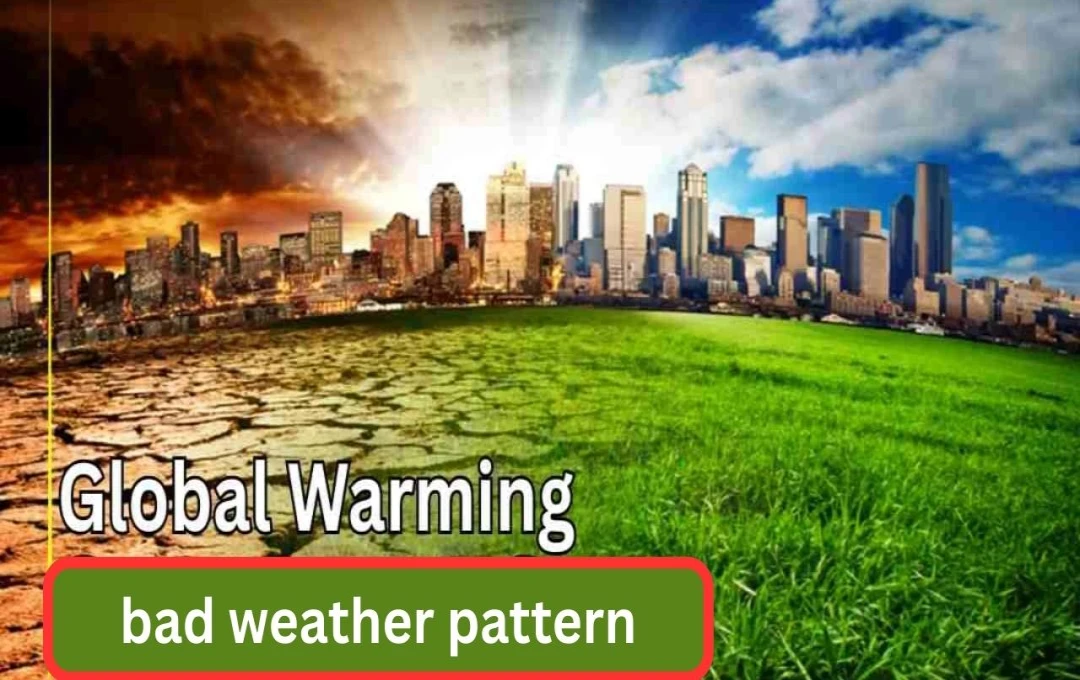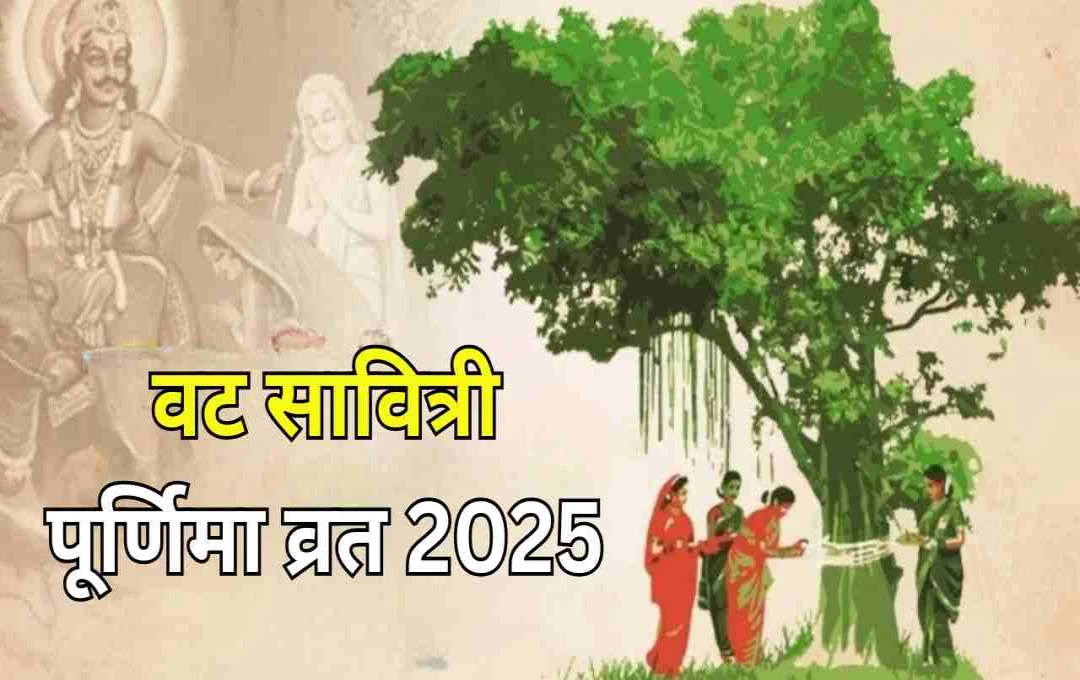India's weather patterns are currently unpredictable. May, typically known for its scorching heat, has been unusually cooler this year. The erratic behavior extends beyond the summer months, affecting winter and monsoon seasons as well.
New Delhi: Whether it's the scorching May afternoons or the shivering cold of December, nature has defied the usual expectations of Indian weather this year. The unusual weather patterns across the country have surprised everyone from ordinary citizens to scientists. The usual intense May heat was absent, and December lacked its typical severe cold. This imbalance is no longer seen as a temporary anomaly but as a serious indicator of a looming climate crisis.
Increased Frequency of Western Disturbances
According to the Indian Meteorological Department (IMD), the number of Western Disturbances in May this year was unusually high. These disturbances are typically more active during the winter season, but this year they have been repeatedly active during the summer months. As a result, temperatures in most parts of North India remained three to five degrees Celsius below average even in May.
IMD Director General Dr. Mrutyunjay Mohapatra states, “The consistent activity of Western Disturbances and irregular rainfall are directly linked to global climate change. These changes may become more severe in the future if we don't take timely action.”

Why Wasn't May Excessively Hot?
The summer of 2025 has been significantly milder compared to 2024. In April and May of previous years, temperatures typically exceeded 45 degrees Celsius, but this year, the maximum temperature remained below 40 degrees Celsius in most areas. Only on May 1st did some parts of the country experience heatwave-like conditions; afterward, the weather remained relatively calm.
Meteorologists attribute this to the effects of global warming. While global warming is heating the earth's surface, a contrasting effect is the change in the speed and direction of the jet stream in the upper atmosphere. This jet stream is now pulling Western Disturbances towards India more frequently and with greater intensity.
Threats to Agriculture and Health
This unusual weather pattern directly impacts farmers and the general population. Unseasonal rains and untimely temperature fluctuations have affected the productivity of both Kharif and Rabi crops. Wheat and mango crops have been particularly affected. Furthermore, frequent weather changes are impacting public health.

Hospitals have reported an increase in patients suffering from viral fever, flu, and allergies. Health problems, particularly among children and the elderly, are exacerbated by the heat and humidity.
Policy Changes are Necessary
Environmental experts believe it's time to treat climate change not merely as an environmental issue, but as a central focus of development policy. Water expert Dr. Rekha Verma emphasizes the need to integrate water conservation, green energy, and carbon emission reduction into national policies. Otherwise, nature may present even more severe challenges in the coming years.
Scientists firmly believe that if this trend continues, India will lose its stable weather patterns. The cycle of winter and summer will become increasingly erratic. This poses a serious threat not only to agriculture but also to food security, the economy, and public health.













